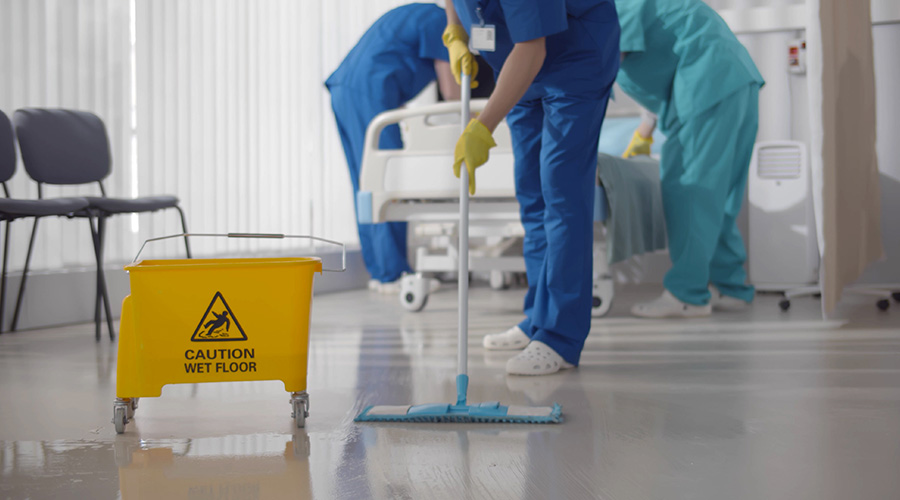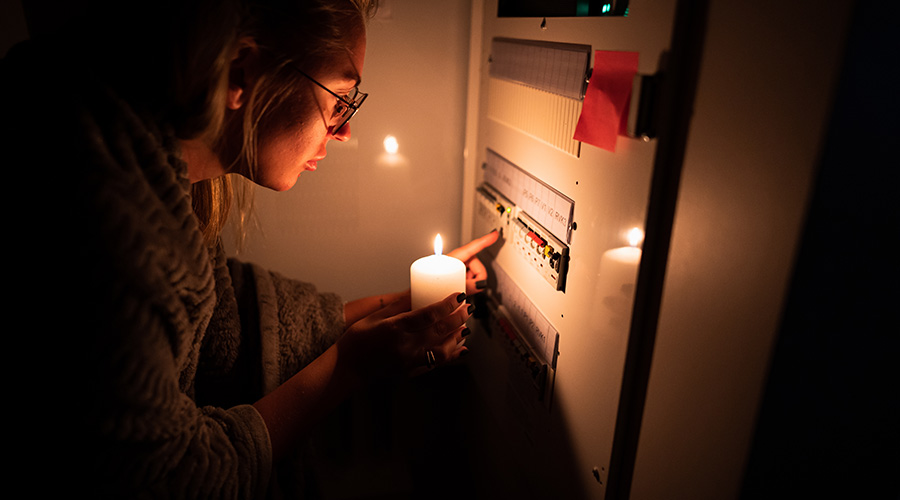Many factors are involved in effectively combating hospital-acquired infections and each has a variety of complex parts to be managed, monitored and assessed, according to an article on the Becker's Infection Control and Clinical Quality website.
Factors include — but are not limited to — hand hygiene, antibiotic stewardship, clinical practices, fecal waste management and environmental disinfection.
All hospitals should use a certain set of baseline practices to ensure infection prevention. Before going beyond these to adopt special approaches to fighting specific bacteria, infection preventionists should thoroughly assess the factors that could lead to gaps in their practice.
A good place to start is implementing protocols for disinfecting all equipment on a routine basis.

 Contaminants Under Foot: A Closer Look at Patient Room Floors
Contaminants Under Foot: A Closer Look at Patient Room Floors Power Outages Largely Driven by Extreme Weather Events
Power Outages Largely Driven by Extreme Weather Events Nemours Children's Health Opens New Moseley Foundation Institute Hospital
Nemours Children's Health Opens New Moseley Foundation Institute Hospital Code Compliance Isn't Enough for Healthcare Resilience
Code Compliance Isn't Enough for Healthcare Resilience Ribbon Cutting Marks First Phase Completion for New Montefiore Einstein Facility
Ribbon Cutting Marks First Phase Completion for New Montefiore Einstein Facility